NASA’s Integrated Refrigeration and Storage system (IRaS) for cryogenic hydrogen
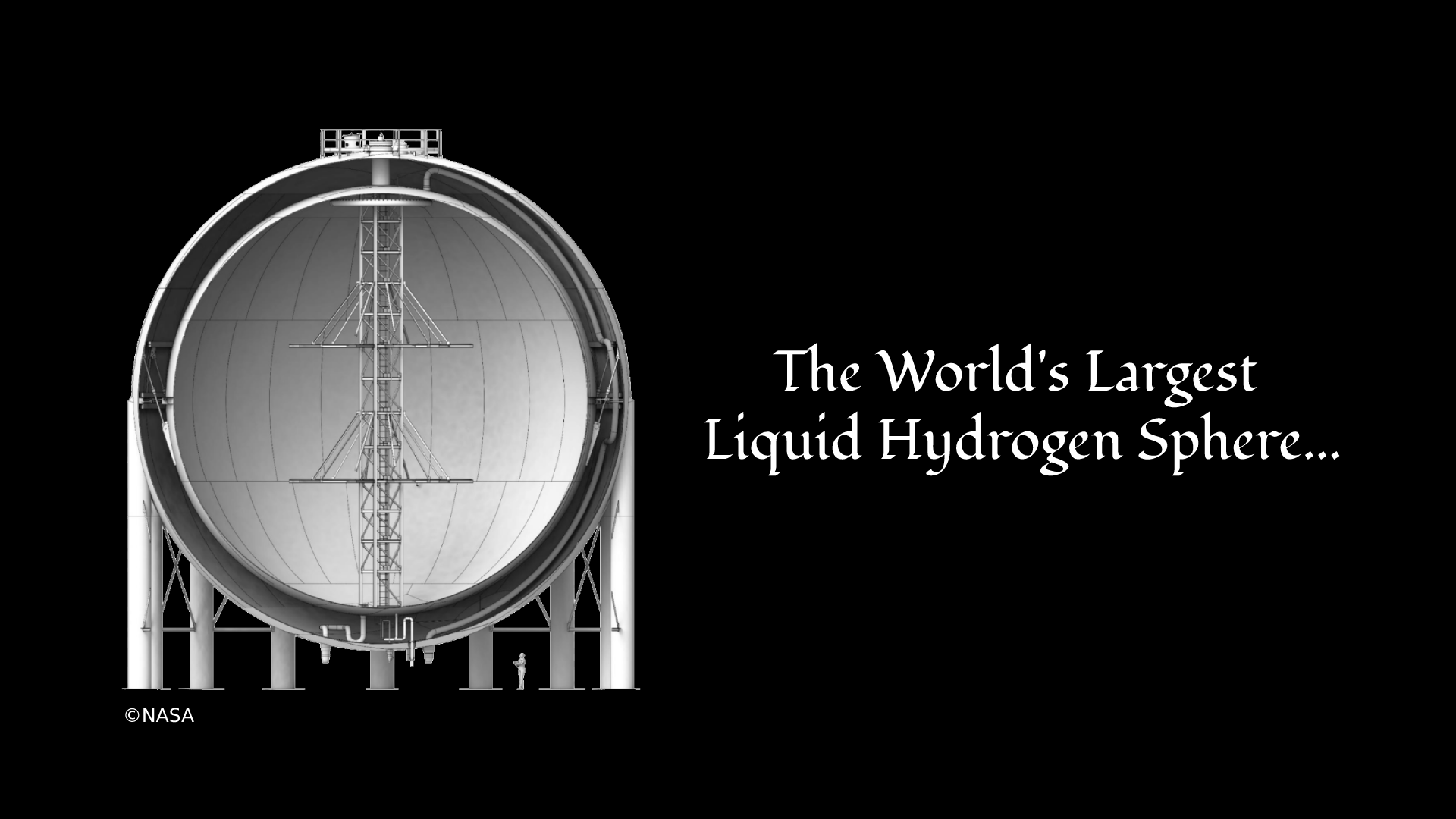
Hydrogen as a fuel is rapidly gaining attraction all around the globe as an alternative to carbon-based fuels. One of the major challenges in using hydrogen is its lower volumetric density making it harder to store and transport it under ambient conditions. One of the most promising and mature solutions to this problem is by liquifying it and storing it under cryogenic conditions. Hydrogen liquefies at -253°C thereby increasing its storage density to ~70.79 kg /m3.
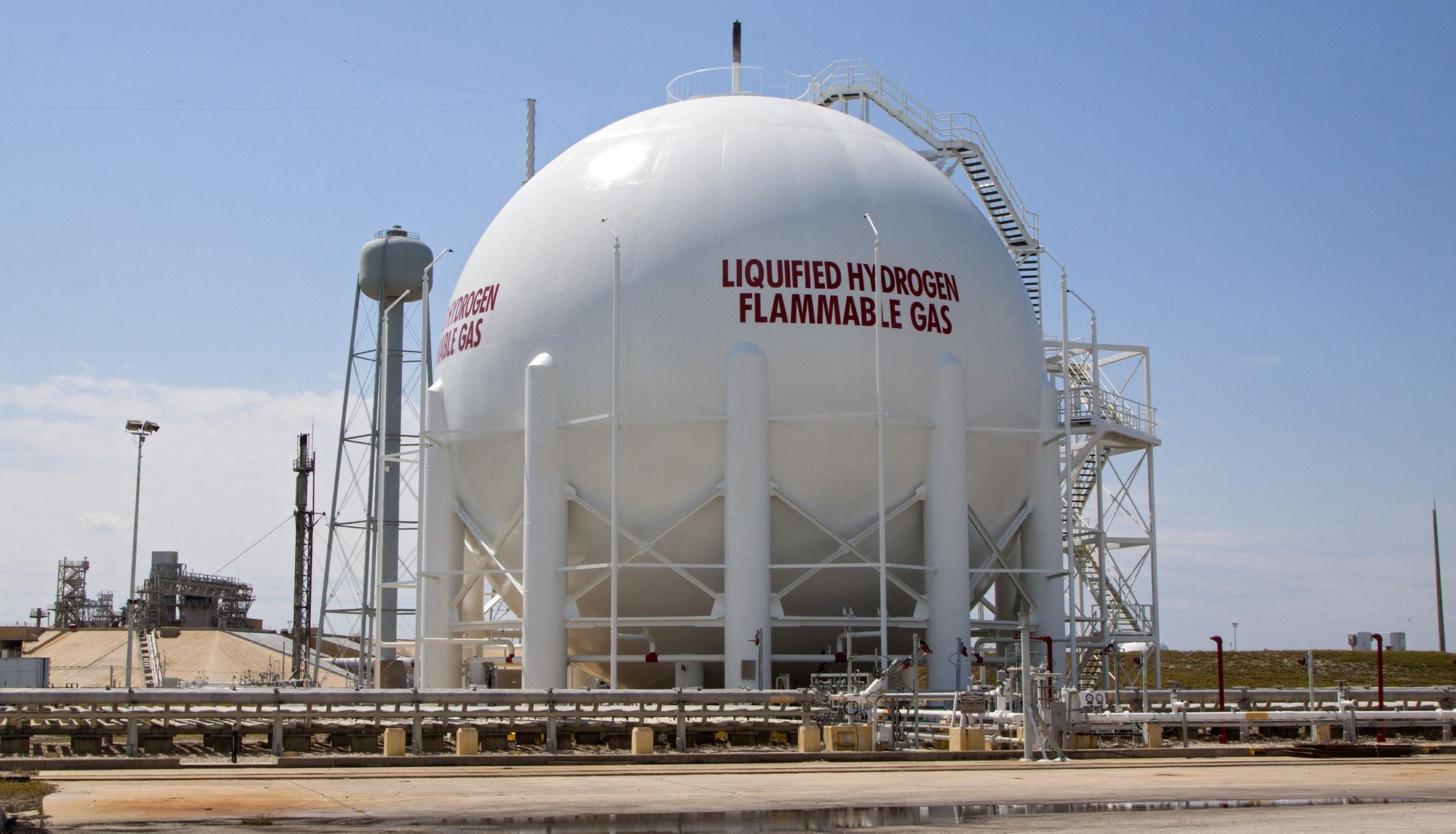
Storing liquid hydrogen in ambient conditions is like storing ice inside an oven. After liquefying, hydrogen must be stored in special tanks that are thermally insulated from the surrounding in order to reduce the boil-off losses. Boil-off losses refer to the evaporation of liquid hydrogen due to the temperature difference in the inside and outside temperatures of the tank. Boil-off losses can be reduced by increasing the insulation of the tank walls and reducing the surface-to-volume ratio of the tank. This means that spherical tanks are best suited for storing liquid hydrogen. Currently, NASA operates the largest liquid hydrogen tank at the Launch Complex 39B in Kennedy Space Centre with a usable volume of 4,700 m3 i.e., the tank can hold ~330 tonnes of hydrogen in the liquid form, which is 50% larger compared to its predecessor that was built in the Apollo era.
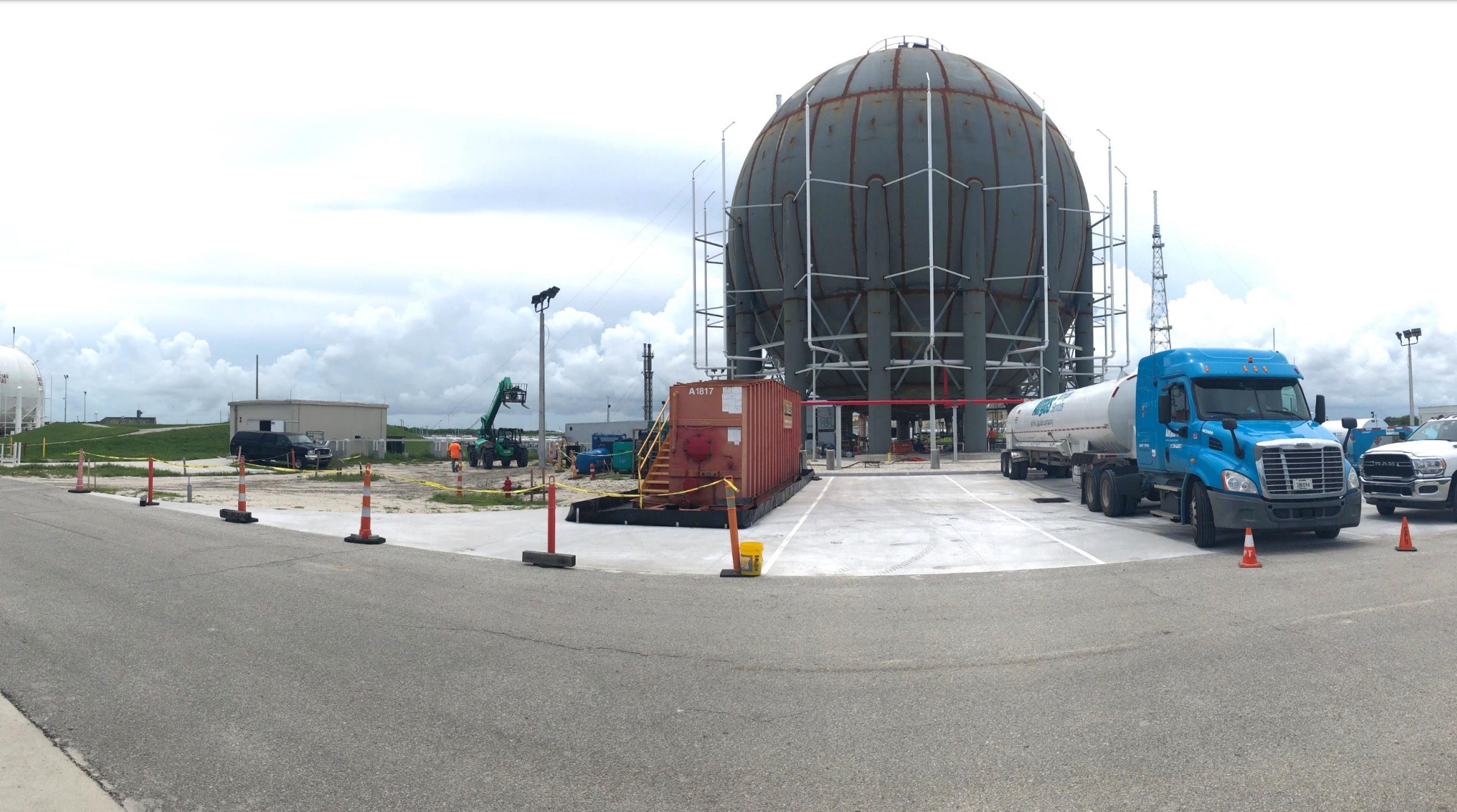
NASA’s Liquid Hydrogen Sphere
NASA has been using liquid hydrogen since the 1960s as a high-performance rocket propellant that fuelled the Saturn V vehicle. Chicago Bridge & Iron Co in the year 1963-1965 built two large liquid hydrogen storage tanks for NASA in the Kennedy Space Centre’s Launch Complex 39. These tanks had an outer diameter of 21m with a usable volume of 3218 m3. The tanks were insulated with a 1.2 m thick wall of perlite with a normal evaporation rate of 0.00625%. Roughly half of the liquid hydrogen stored to propel the launch vehicle was lost due to evaporation or boil-off.
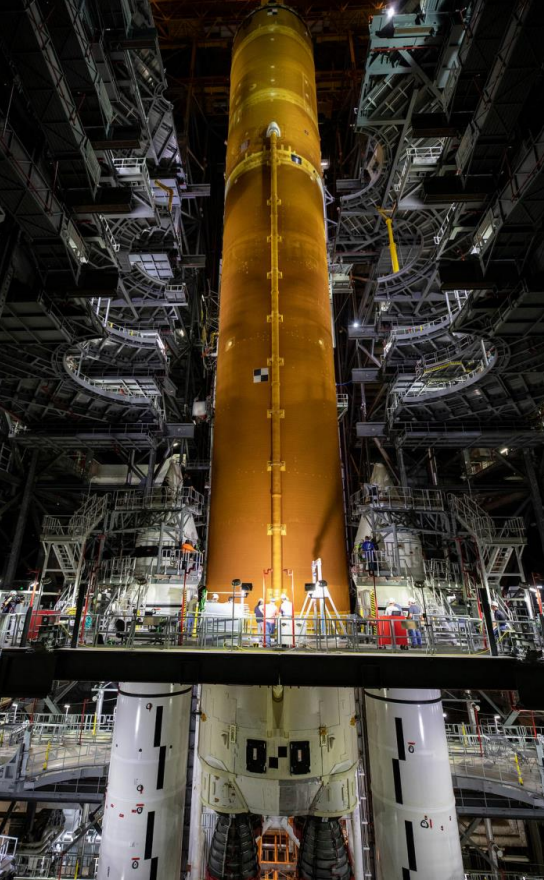
When NASA started preparations for its new Space Launch System (SLS) rocket for the Artemis program, several studies found that the current LH2 capacity at the LC-39 was not sufficient as the SLS heavy lift rocket alone had an LH2 tank of 2,033 m3 in volume (8.4m diameter and 40m height). Hence in the year 2018, NASA with CB&I again started building another larger LH2 tank with a usable volume of 4,732 m3, making for an on-site LH2 storage capacity of about 8,000 m3. The tank incorporated new technologies that were developed by the researchers at the Kennedy Space Centre’s Cryogenic Test Laboratory (CTL) which were in development for over two decades.
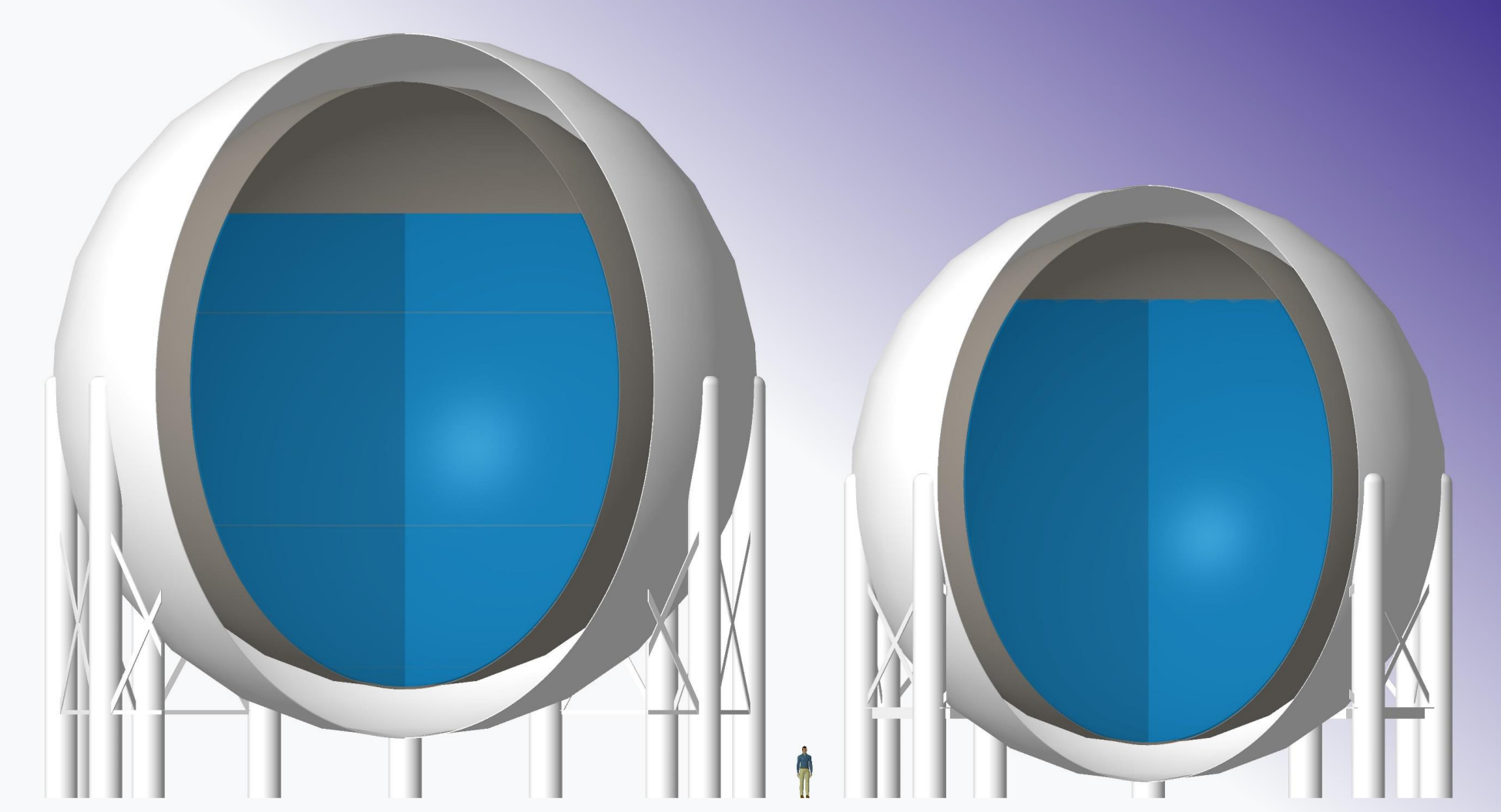
CTL then came up with a solution to build the tank with both active and passive thermal control to take full control over the cryogenics. Passive thermal control involves the use of glass bubble insulation instead of perlite powder. The glass bubble insulation is said to reduce the boil-off losses by 40-50%. Active thermal control involves the installation of a heat exchanger inside the tank called the Integrated Refrigeration and Storage (IRaS). The IRaS circulates helium throughout the inner sphere in order to maintain the cryogenic conditions inside the sphere, thereby keeping the boil-off losses minimum.
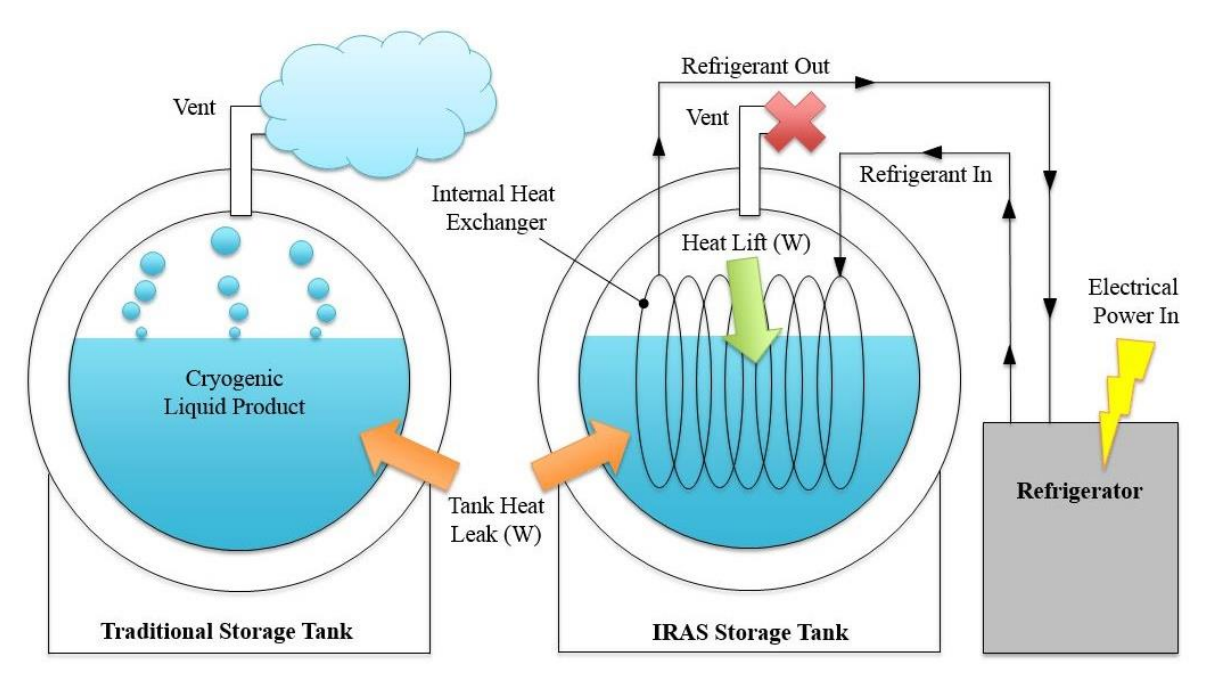
References
- Danielle Sempsrott & NASA’s Kennedy Space Center. (2021, November 1). Kennedy Plays Critical Role in Large-Scale Liquid Hydrogen Tank Development. https://www.nasa.gov/feature/kennedy-plays-critical-role-in-large-scale-liquid-hydrogen-tank-development
- Bob Granath. (2015, October 20). Liquid Hydrogen--the Fuel of Choice for Space Exploration. https://www.nasa.gov/content/liquid-hydrogen-the-fuel-of-choice-for-space-exploration
- Bob Granath & NASA’s Kennedy Space Center, Florida. (2018, December 19). Innovative Liquid Hydrogen Storage to Support Space Launch System. https://www.nasa.gov/feature/innovative-liquid-hydrogen-storage-to-support-space-launch-system
- James E. Fesmire, Adam Swanger, & NASA Kennedy Space Center, Cryogenics Test Laboratory. (n.d.). Overview of the New LH2 Sphere at NASA Kennedy Space Center [Slide show]. DOE/NASA Advances in Liquid Hydrogen Storage Workshop, United States of America. https://www.energy.gov/. https://www.energy.gov/sites/default/files/2021-10/new-lh2-sphere.pdf